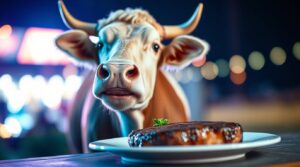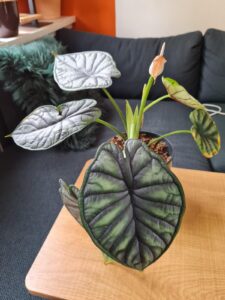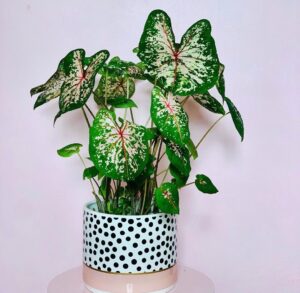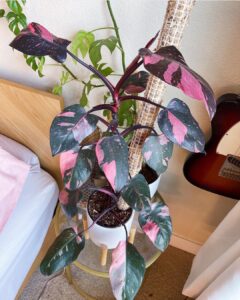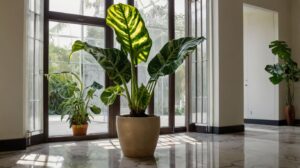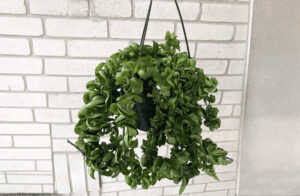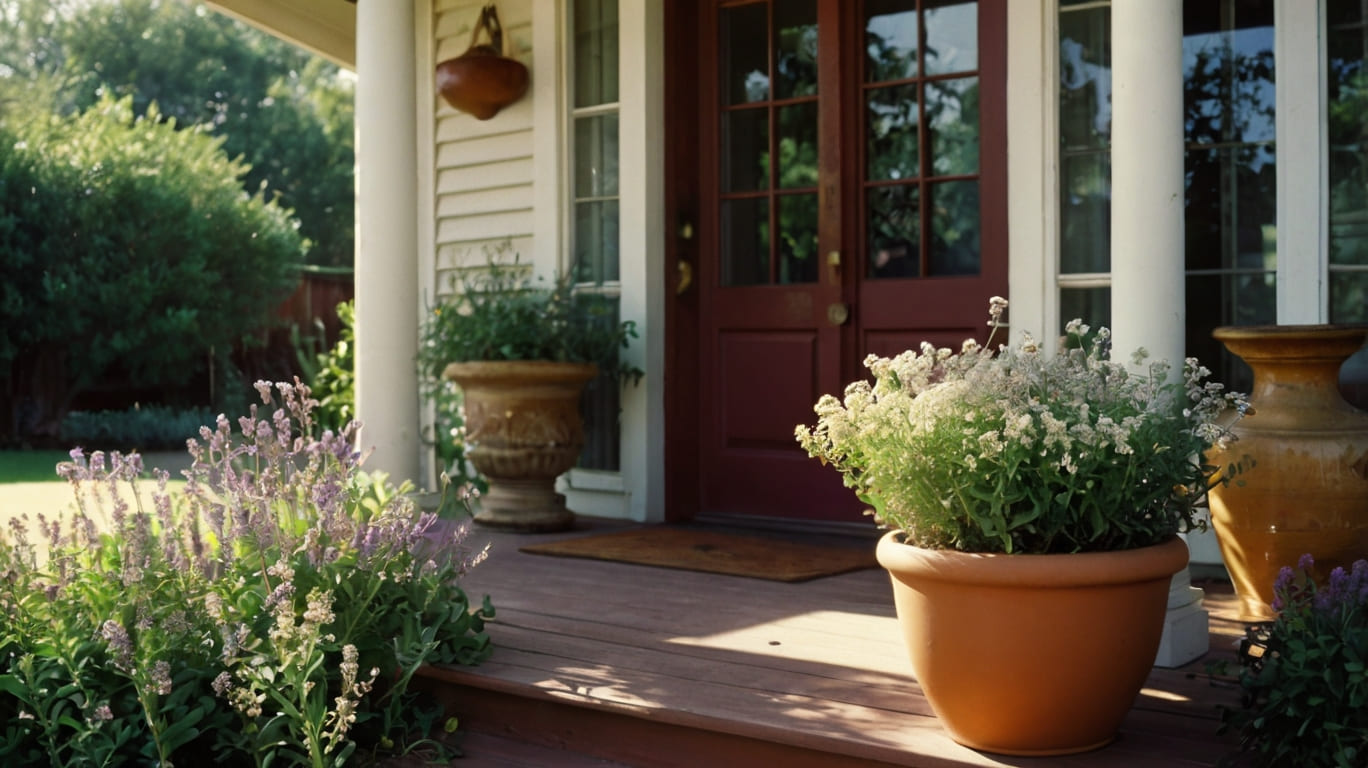
Imagine stepping onto your patio and being enveloped by a symphony of sweet fragrances. Sounds dreamy, right? Well, it’s totally doable! Speaking from my own personal experience, these plants have turned my humble patio into a beautiful space. Trust me, your nose (and your neighbors) will thank you.
In this article
Alyssum
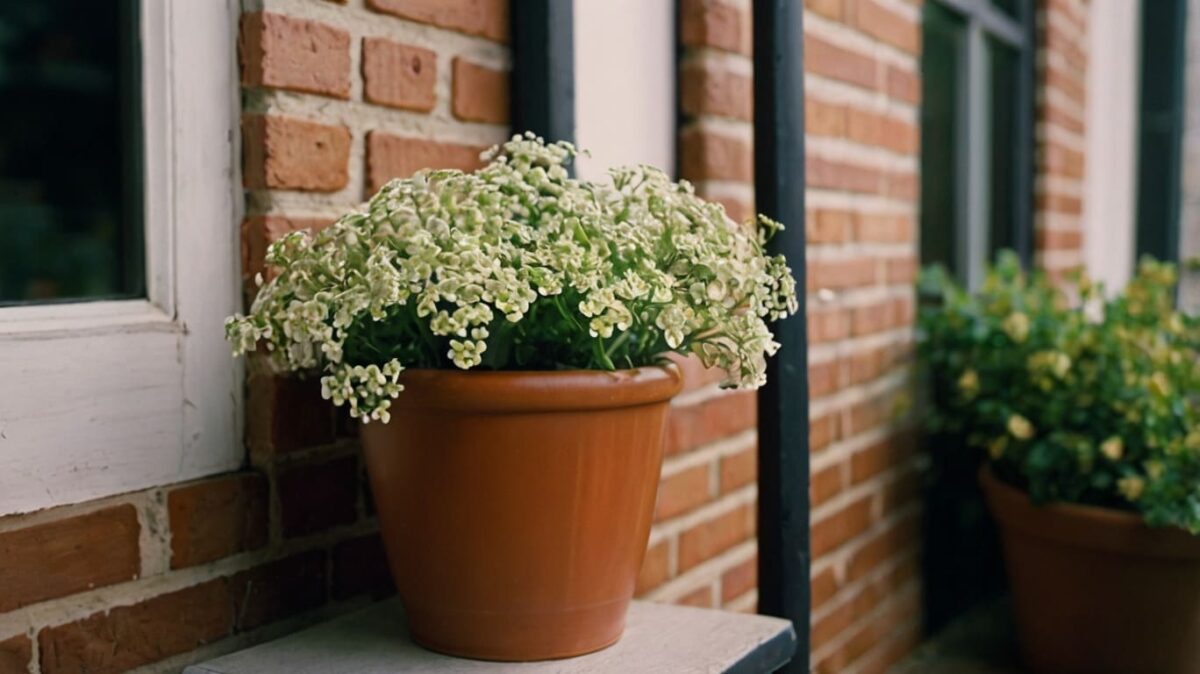
First up, we’ve got the tiny but mighty alyssum. These little guys are like the overachievers of the fragrant plant world. They bloom their hearts out all season long, pumping out a honey-sweet scent that’ll make you want to linger on your patio just a bit longer.
In my experience, alyssum is one of the most forgiving plants you can grow. I remember when I first started gardening, I was terrified of killing everything I touched. However, I quickly learned that alyssum is practically indestructible. You can easily sprinkle some seeds in a pot, give them a bit of water, and watch them flourish.
What I love most about alyssum is its versatility. I’ve used it as a fragrant border along my patio edge, and I’ve even planted it in hanging baskets. The cascading effect is stunning, and the scent wafts down beautifully on warm summer evenings.
- Sunlight: Full sun to partial shade
- Temperature: 60-70°F (15-21°C)
- Humidity: Moderate
- Watering: Keep soil consistently moist but not waterlogged
- US planting zones: 5-9
- Best time to plant: Spring or fall
- Beginner-friendly: Yes, very easy to grow
- Pests/Diseases: Generally resistant; can be susceptible to aphids and root rot
- Flowering time: Spring through fall, often year-round in mild climates
Lavender

Ah, lavender. The Swiss Army knife of fragrant plants. Not only does it smell amazing, but it’s also a natural stress-buster. I once planted a row of lavender along my patio edge, and let me tell you, sipping coffee next to those purple beauties became my favorite morning ritual.
At first, I struggled with growing lavender. I kept overwatering it, thinking more water equals more growth. Here’s what I learned from that mistake: lavender likes it hot and dry. Once I started treating it more like a desert plant, it thrived.
I found that lavender isn’t just great for its scent. It’s also an excellent pollinator attractor. My lavender patch became a bustling hub for bees and butterflies, adding even more life to my patio garden. Plus, I started drying the flowers to make my own homemade sachets. Talk about a multi-purpose plant!
- Sunlight: Full sun
- Temperature: 60-70°F (15-21°C)
- Humidity: Low to moderate
- Watering: Allow soil to dry between waterings; drought-tolerant once established
- US planting zones: 5-9
- Best time to plant: Spring or fall
- Beginner-friendly: Moderate; requires good drainage
- Pests/Diseases: Root rot, leaf spot; relatively pest-resistant
- Flowering time: Late spring to early summer

U.S. Planting Zone Map
Find out which plants grow best in your State. Being able to understand which planting zone you’re in means you’ll be making wise planting decisions.
Pineapple Sage

Now, if you want a conversation starter, pineapple sage is your go-to. Yes, you read that right – it actually smells like pineapple! This quirky plant is like having a tropical vacation right on your patio.
I know that some people are skeptical about pineapple sage. When I first mentioned it to my gardening friends, they thought I was pulling their leg. But once they got a whiff of those leaves, they were sold. The best part? You can easily add the leaves to summer cocktails for a unique, fragrant twist.
- Sunlight: Full sun to partial shade
- Temperature: 60-80°F (15-27°C)
- Humidity: Moderate
- Watering: Keep soil moist but not waterlogged
- US planting zones: 8-11
- Best time to plant: Spring after last frost
- Beginner-friendly: Yes, relatively easy to grow
- Pests/Diseases: Whiteflies, spider mites; generally disease-resistant
- Flowering time: Late summer to fall
RELATED: 10 Best Tall Houseplants for Adding Impact to Your Home
Heliotrope

Heliotrope is the dark horse of fragrant plants. It’s not as well-known as some others, but boy, does it pack a punch in the scent department. Think vanilla mixed with cherry pie. Sounds good enough to eat, right? (But don’t. Seriously.)
Speaking from my own personal experience, heliotrope can be a bit finicky to grow. It likes consistent moisture but can’t stand wet feet. I learned this the hard way when I nearly drowned my first heliotrope plant. Now, I plant it in well-draining soil and water it regularly but not excessively.
What surprised me most about heliotrope was how it became a focal point on my patio. Its clusters of tiny purple flowers are pretty cute, and the deep green foliage provides a beautiful contrast. Plus, the scent is strong enough to enjoy without being overpowering.
- Sunlight: Full sun to partial shade
- Temperature: 60-75°F (15-24°C)
- Humidity: Moderate to high
- Watering: Keep soil consistently moist
- US planting zones: 10-11 (annual in colder zones)
- Best time to plant: Spring after last frost
- Beginner-friendly: Moderate; requires consistent care
- Pests/Diseases: Whiteflies, spider mites; susceptible to powdery mildew
- Flowering time: Summer to fall
Hyacinths
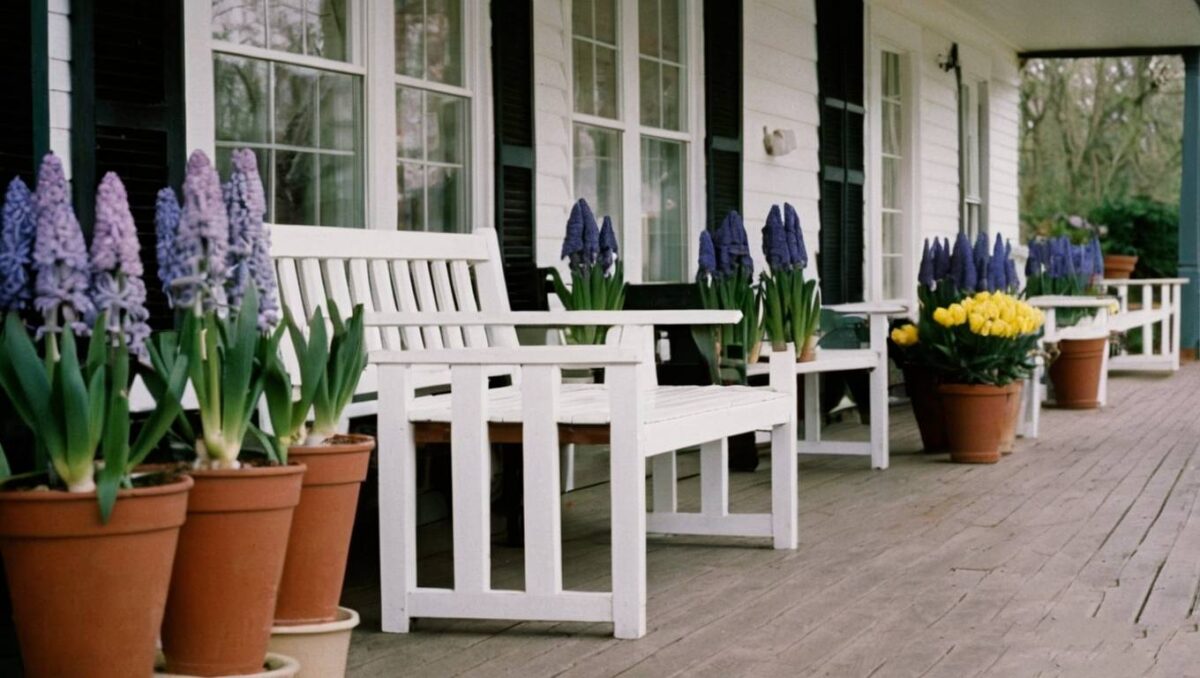
If you’re after some serious flower power, hyacinths are your new best friend. These spring-blooming bulbs put on a show that’s both visually stunning and aromatic.
First, let’s talk about planting hyacinths. I found that planting the bulbs in the fall for spring blooms works best. I like to mix them with other spring flowers like daffodils and tulips for a stunning display. Just be sure to wear gloves when handling the bulbs – they can irritate your skin.
Fair warning: their scent is intense. Like, “wow, did someone spill a bottle of perfume?” intense. But in a good way, I promise. I remember the first time my hyacinths bloomed on the patio. The scent was so strong that my neighbors came over to ask what that amazing smell was!
- Sunlight: Full sun to partial shade
- Temperature: 60-70°F (15-21°C)
- Humidity: Moderate
- Watering: Water regularly during growing season, reduce after flowering
- US planting zones: 4-8
- Best time to plant: Fall (bulbs)
- Beginner-friendly: Yes, especially when planted as bulbs
- Pests/Diseases: Bulb rot, root rot; relatively pest-resistant
- Flowering time: Early to mid-spring
Jasmine
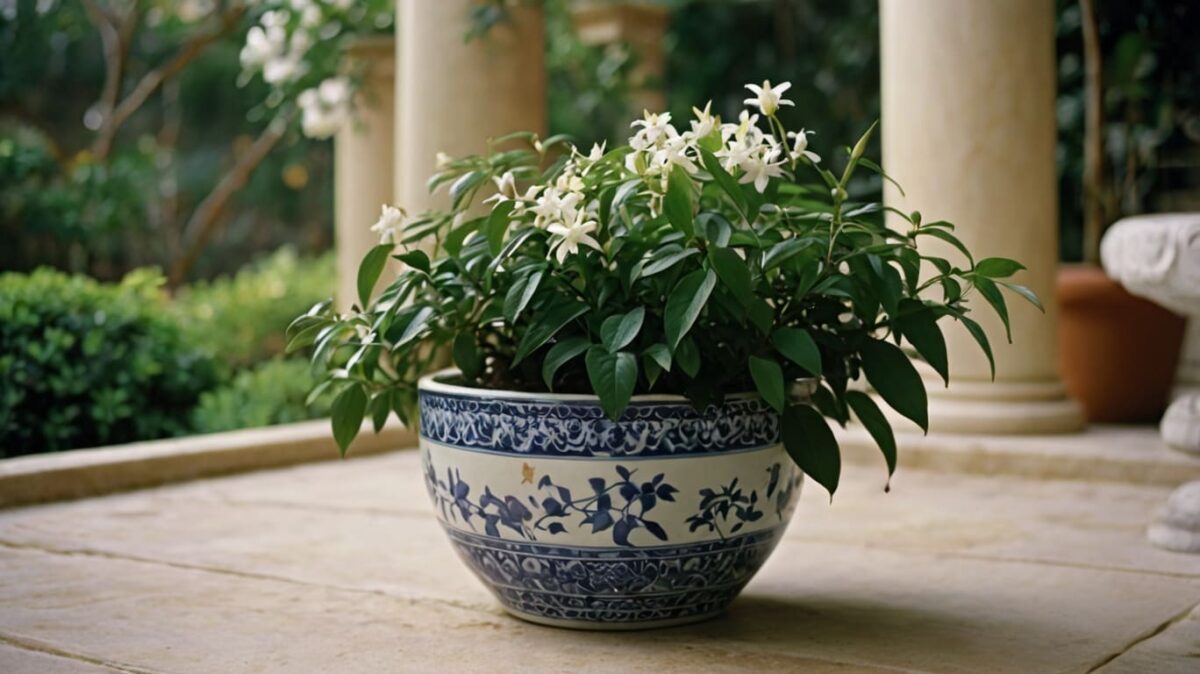
Jasmine is the sultry seductress of the fragrance world. Its sweet, intoxicating scent is strongest at night, making it perfect for those warm evening gatherings on the patio.
I once had a jasmine plant climb up my patio trellis, and let’s just say, it made every summer night feel magical. However, I quickly learned that jasmine needs support to climb. I ended up creating a simple trellis system with some garden twine and bamboo stakes.
In my experience, jasmine thrives with regular pruning. It can get a bit wild if left to its own devices. But don’t let that scare you off – a little maintenance goes a long way, and the heavenly scent is more than worth the effort.
- Sunlight: Full sun to partial shade
- Temperature: 60-75°F (15-24°C)
- Humidity: Moderate to high
- Watering: Keep soil consistently moist but not waterlogged
- US planting zones: 7-10 (varies by species)
- Best time to plant: Spring or fall
- Beginner-friendly: Moderate; requires proper support and pruning
- Pests/Diseases: Spider mites, whiteflies; susceptible to root rot
- Flowering time: Spring to summer (varies by species)
RELATED: My Top 11 Dream Houseplants
Lantana
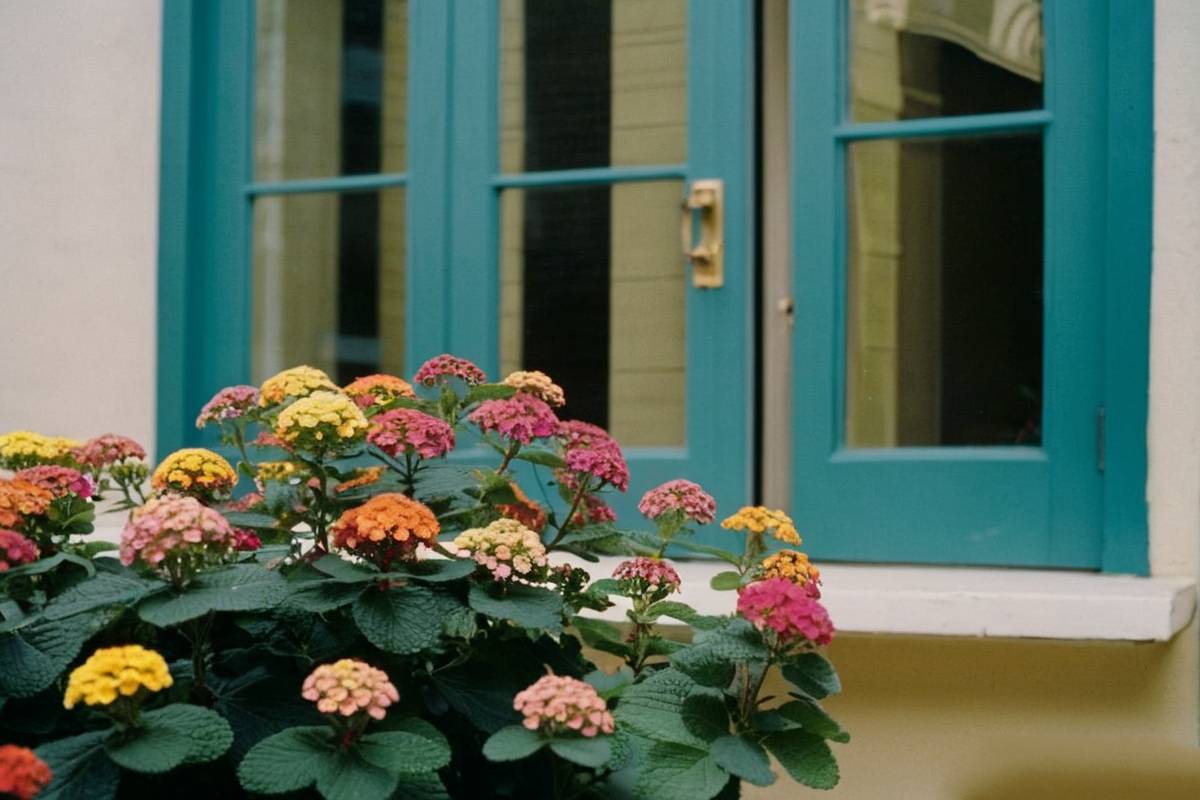
Lantana is like the energizer bunny of fragrant plants – it just keeps going and going. This heat-loving plant blooms non-stop from spring to fall, filling your patio with a subtle, sweet scent.
I know that some gardeners shy away from lantana because it can be invasive in certain regions. But in a container on your patio? It’s perfectly behaved and absolutely stunning. I’ve used it in hanging baskets and large pots, and it’s always a showstopper.
Plus, its multicolored flower clusters look like little fireworks. I found that different varieties have different color combinations, so you can easily mix and match to create a personalized color palette for your patio. Talk about a win-win!
- Sunlight: Full sun
- Temperature: 70-80°F (21-27°C)
- Humidity: Moderate
- Watering: Allow soil to dry slightly between waterings; drought-tolerant
- US planting zones: 8-11 (annual in colder zones)
- Best time to plant: Spring after last frost
- Beginner-friendly: Yes, very easy to grow
- Pests/Diseases: Whiteflies, lace bugs; relatively disease-resistant
- Flowering time: Spring through fall
Moonflower

For all you night owls out there, moonflower is about to become your new favorite plant. These large, white blooms unfurl at dusk, releasing a rich, sweet fragrance that’ll make your evening patio sessions extra special.
Here’s what I learned from growing moonflowers: they’re vigorous climbers. I planted mine near a pergola, and within weeks, it had scrambled to the top. The sight of those huge, white flowers glowing in the moonlight is truly spectacular.
One tip from my personal experience: deadhead the spent blooms regularly. This encourages the plant to keep producing those gorgeous, fragrant flowers all season long. It’s like nature’s aromatherapy, delivered right to your outdoor space.
- Sunlight: Full sun
- Temperature: 60-80°F (15-27°C)
- Humidity: Moderate
- Watering: Keep soil consistently moist
- US planting zones: 10-11 (annual in colder zones)
- Best time to plant: Spring after last frost
- Beginner-friendly: Yes, relatively easy to grow
- Pests/Diseases: Spider mites, leaf miners; generally disease-resistant
- Flowering time: Summer to fall, blooms open in the evening
ALSO READ: My Top 5 Beautiful Houseplants
Scented Geranium
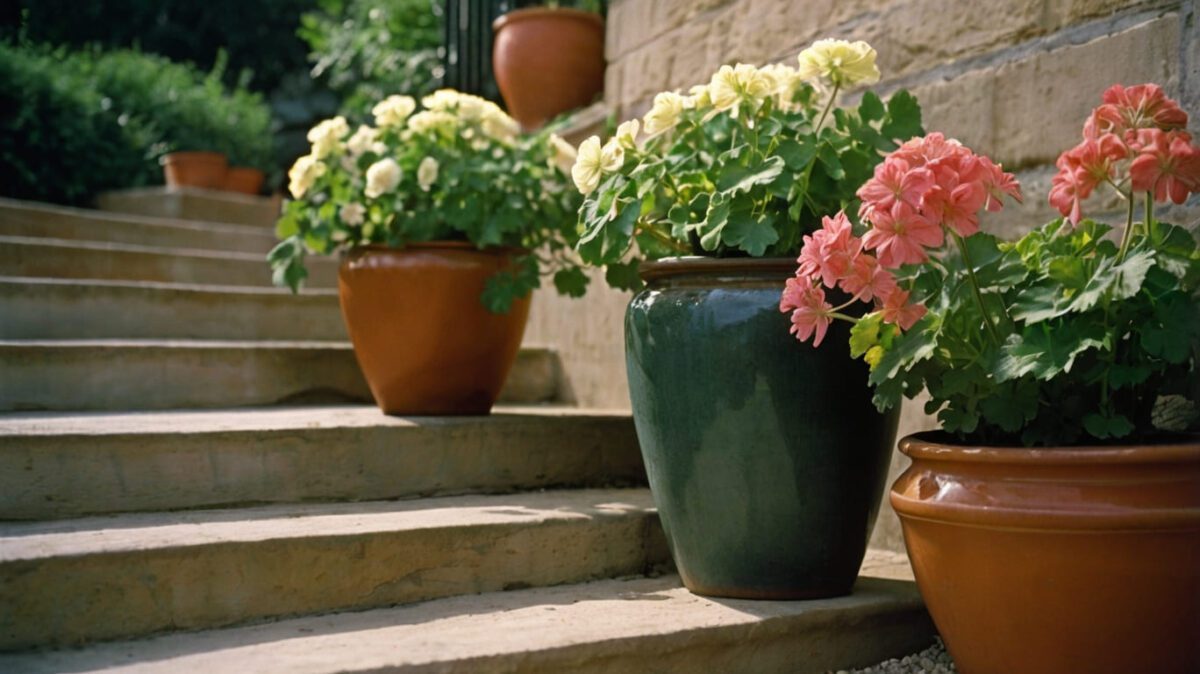
Last but not least, we’ve got scented geraniums. These aren’t your grandma’s geraniums (no offense, Grandma). These come in a variety of scents – rose, lemon, mint, you name it. It’s like having a scratch-and-sniff garden!
I love brushing my hands through the leaves as I walk by, releasing little bursts of fragrance. In fact, I’ve placed a few pots of scented geraniums strategically around my patio seating area. That way, whenever there’s a breeze, we get lovely wafts of scent.
At first, I was overwhelmed by the variety of scented geraniums available. But that’s part of the fun! I ended up creating a little “scent garden” with different varieties. It’s become a great conversation starter when I have guests over.
- Sunlight: Full sun to partial shade
- Temperature: 60-75°F (15-24°C)
- Humidity: Moderate
- Watering: Allow soil to dry slightly between waterings
- US planting zones: 10-11 (annual or houseplant in colder zones
- Best time to plant: Spring after last frost
- Beginner-friendly: Yes, relatively easy to grow
- Pests/Diseases: Whiteflies, aphids; susceptible to root rot
- Flowering time: Spring to fall, but grown primarily for fragrant foliage
Tips for Using Fragrant Patio Plants
Now that we’ve covered our fragrant all-stars, here are a few tips to make the most of your scented patio paradise:
- Layer your scents. Mix plants with different bloom times to ensure your patio smells amazing all season long. I found that combining early bloomers like hyacinths with long-lasting performers like lantana keeps the fragrance flowing.
- Consider the wind. Place your fragrant plants where the breeze can carry their scent towards your seating area. In my experience, putting some potted jasmine near my patio chairs was a game-changer for evening relaxation.
- Don’t overdo it. Too many strong scents can be overwhelming. Balance is key! I learned this the hard way when I crammed too many fragrant plants into a small space. Now, I mix fragrant plants with non-scented ones for a more balanced sensory experience.
- Get hands-on. Many fragrant plants release more scent when their leaves are gently rubbed. Go ahead, get touchy-feely with your plants. I know that some of my best garden moments come from running my hands through my scented geraniums or lavender.
- Experiment with containers. Planting in pots allows you to move your fragrant friends around, finding the perfect spot for maximum enjoyment. You can easily create different scent zones on your patio, perfect for different moods or times of day.
There you have it, folks. With these fragrant plants, your patio will become the sweetest-smelling spot in the neighborhood. Now, if you’ll excuse me, I’m off to do some plant shopping 🙂
YOU MIGHT ALSO LIKE: Low-maintenance plants ideal for busy people
Happy gardening!
